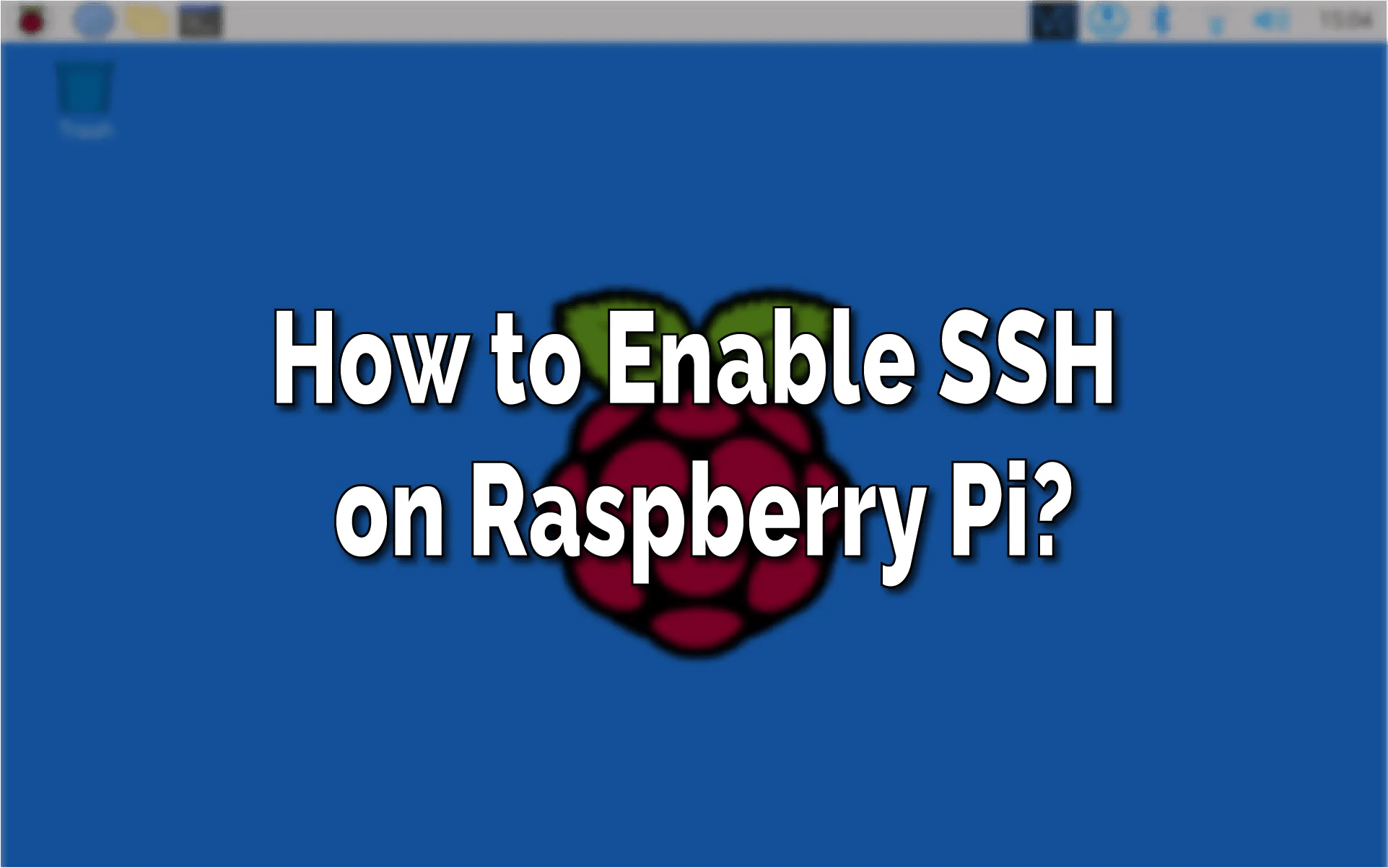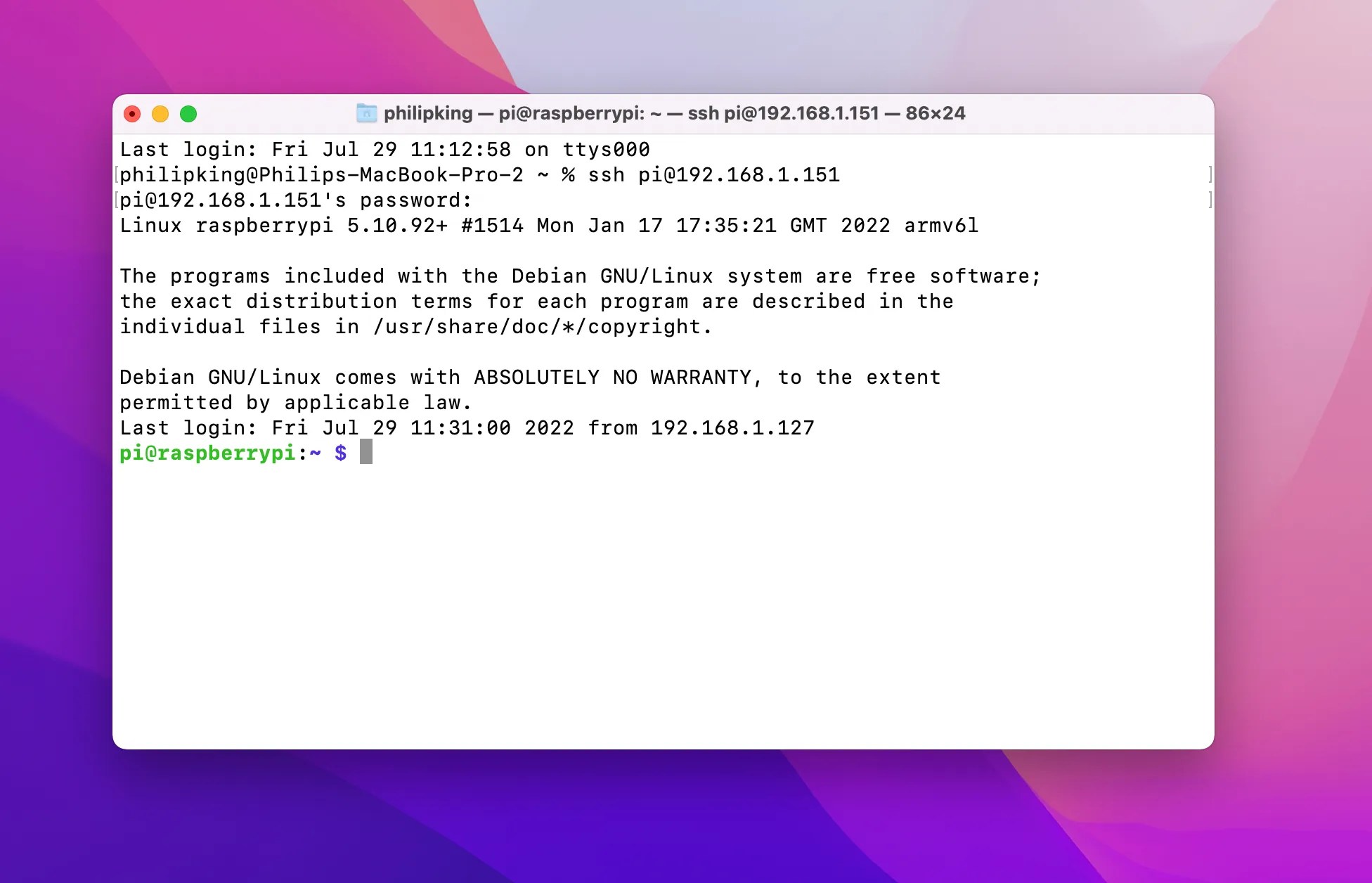How To Use SSH Into Raspberry Pi From Anywhere On Windows: A Complete Guide
Accessing your Raspberry Pi remotely is a game-changer for tech enthusiasts and professionals alike. Whether you're managing a home automation system, running a server, or experimenting with IoT projects, the ability to securely connect to your Raspberry Pi from anywhere using SSH can save time and effort. With Windows being one of the most widely used operating systems, mastering this skill ensures seamless control over your Raspberry Pi, regardless of your location. This guide dives deep into how to use SSH into Raspberry Pi from anywhere on Windows, offering step-by-step instructions, troubleshooting tips, and best practices to keep your connection secure.
SSH (Secure Shell) is a protocol that allows you to remotely access and control your Raspberry Pi over a network. It encrypts all communication between your Windows PC and the Raspberry Pi, ensuring that sensitive data remains protected. By setting up SSH properly, you can execute commands, transfer files, and even run scripts on your Raspberry Pi without needing physical access. This is especially useful for users who want to manage their devices remotely, whether they're at home, work, or traveling. In this article, we’ll walk you through the entire process, from enabling SSH on your Raspberry Pi to configuring your Windows PC for a secure connection.
Before diving into the technical details, it’s important to understand the prerequisites and tools required for this setup. You’ll need a Raspberry Pi with an active internet connection, a Windows PC, and a basic understanding of networking concepts. Additionally, we’ll explore how to configure your router for port forwarding, set up dynamic DNS, and use third-party tools like PuTTY or Windows Subsystem for Linux (WSL). These steps will ensure that you can use SSH into Raspberry Pi from anywhere on Windows without running into common issues. Let’s get started with a detailed breakdown of the process.
Read also:
Table of Contents
- What is SSH and Why Use It?
- How to Enable SSH on Your Raspberry Pi?
- Can You Use SSH from Windows?
- How to Configure Your Router for Remote Access?
- What is Dynamic DNS and How to Set It Up?
- Tools You Need to Use SSH into Raspberry Pi from Anywhere (Windows)
- How to Connect to Your Raspberry Pi Using SSH?
- Common Issues and How to Fix Them?
- Is It Safe to Use SSH from Anywhere?
- Best Practices for Remote Access
What is SSH and Why Use It?
SSH, or Secure Shell, is a cryptographic protocol designed to provide secure communication over an unsecured network. It’s widely used by developers, system administrators, and hobbyists to remotely access and manage devices like servers, computers, and Raspberry Pis. Unlike older protocols like Telnet, SSH encrypts all data transmitted between the client (your Windows PC) and the server (your Raspberry Pi), making it nearly impossible for attackers to intercept sensitive information.
Using SSH into Raspberry Pi from anywhere on Windows offers several advantages. First, it allows you to manage your Raspberry Pi without needing physical access, which is particularly useful if your device is located in a hard-to-reach area. Second, it enables you to execute commands and run scripts remotely, saving you time and effort. Finally, SSH provides a secure way to transfer files between your Raspberry Pi and Windows PC, ensuring that your data remains protected from unauthorized access.
How to Enable SSH on Your Raspberry Pi?
Before you can use SSH into Raspberry Pi from anywhere on Windows, you need to enable SSH on your Raspberry Pi. This process is straightforward and can be done in a few simple steps. Here’s how:
- Connect your Raspberry Pi to a monitor, keyboard, and mouse.
- Open the terminal and type
sudo raspi-config. - Navigate to "Interfacing Options" and select "SSH."
- Choose "Yes" to enable SSH and exit the configuration tool.
Alternatively, you can enable SSH by creating an empty file named ssh in the boot directory of your Raspberry Pi’s SD card. This method is useful if you don’t have access to a monitor or keyboard.
Can You Use SSH from Windows?
Yes, you can use SSH from Windows to connect to your Raspberry Pi. Modern versions of Windows 10 and 11 come with built-in support for SSH, making it easier than ever to establish a secure connection. However, if you’re using an older version of Windows, you may need to install third-party tools like PuTTY or use Windows Subsystem for Linux (WSL).
How to Configure Your Router for Remote Access?
To use SSH into Raspberry Pi from anywhere on Windows, you’ll need to configure your router for remote access. This involves setting up port forwarding, which allows external devices to connect to your Raspberry Pi through your router.
Read also:
- Log in to your router’s admin panel by entering its IP address in a web browser.
- Navigate to the port forwarding section (this may vary depending on your router model).
- Create a new rule to forward port 22 (the default SSH port) to your Raspberry Pi’s local IP address.
- Save the changes and restart your router if necessary.
What is Dynamic DNS and How to Set It Up?
Dynamic DNS (DDNS) is a service that maps a domain name to your router’s public IP address, which may change periodically. This is essential for using SSH into Raspberry Pi from anywhere on Windows, as it ensures that your Raspberry Pi remains accessible even if your IP address changes.
To set up DDNS, you can use services like No-IP or DuckDNS. These services provide a free domain name and automatically update your IP address whenever it changes. Simply sign up for an account, install the DDNS client on your Raspberry Pi, and configure it to update your domain name regularly.
Tools You Need to Use SSH into Raspberry Pi from Anywhere (Windows)
To successfully use SSH into Raspberry Pi from anywhere on Windows, you’ll need a few essential tools. These include:
- A terminal emulator like PuTTY or the built-in Windows Terminal.
- A dynamic DNS service like No-IP or DuckDNS.
- A text editor for managing configuration files.
How to Connect to Your Raspberry Pi Using SSH?
Once everything is set up, connecting to your Raspberry Pi using SSH is simple. Open your terminal or PuTTY, enter your Raspberry Pi’s domain name or public IP address, and specify port 22. You’ll be prompted to enter your username (usually "pi") and password. Once authenticated, you’ll have full access to your Raspberry Pi’s command line.
Common Issues and How to Fix Them?
While setting up SSH, you may encounter a few common issues. These include:
- Connection refused errors: Ensure that SSH is enabled on your Raspberry Pi and that port 22 is forwarded correctly.
- Authentication failures: Double-check your username and password.
- Dynamic DNS not updating: Verify that your DDNS client is running and configured properly.
Is It Safe to Use SSH from Anywhere?
Using SSH from anywhere is safe as long as you follow best practices. These include using strong passwords, disabling root login, and changing the default SSH port to something less predictable. Additionally, consider using key-based authentication for an extra layer of security.
Best Practices for Remote Access
To ensure a secure and reliable connection when using SSH into Raspberry Pi from anywhere on Windows, follow these best practices:
- Regularly update your Raspberry Pi’s operating system and software.
- Monitor your router’s logs for suspicious activity.
- Use a firewall to restrict access to your Raspberry Pi.
By following this guide, you’ll be able to confidently use SSH into Raspberry Pi from anywhere on Windows, unlocking the full potential of your device while keeping it secure. Whether you’re managing a server, automating tasks, or experimenting with IoT projects, SSH is an invaluable tool that every tech enthusiast should master.
Article Recommendations

